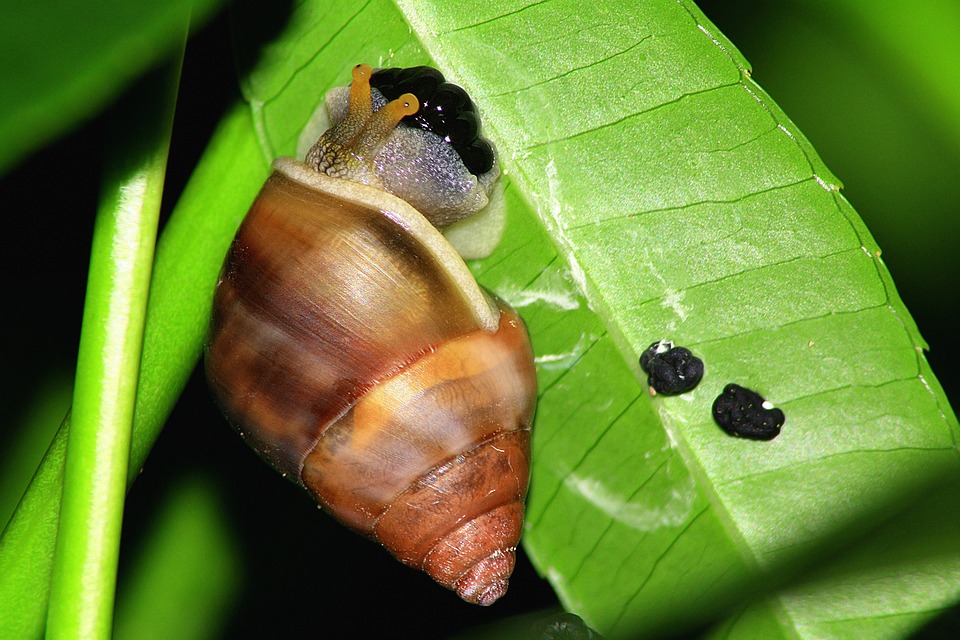Small Garden, Big Flavor: Maximizing Your Vegetable Yields in Limited Spaces
Introduction
Having a limited garden space doesn’t mean you have to sacrifice flavor and variety when it comes to growing vegetables.
With proper planning and optimization, a small garden can deliver big yields and a diverse range of flavors.
In this article, we will explore various strategies and techniques to maximize your vegetable harvest in limited spaces.
Choosing the Right Vegetables
Not all vegetables are suitable for small gardens.
Opt for vegetables that are known for their compact growth and high productivity.
Vegetables like tomatoes, peppers, lettuce, radishes, beans, and herbs such as basil and parsley are great choices for limited spaces.
Avoid crops with extensive root systems or those that require too much space to spread out.
Vertical Gardening
One of the most effective ways to maximize space in a small garden is to utilize vertical gardening techniques.
By growing plants upward on trellises, stakes, or fences, you can make efficient use of limited ground area.
Vining plants like cucumbers, peas, and beans are perfectly suited for vertical cultivation.
Additionally, hanging planters or vertical herb walls can be used to grow herbs and smaller vegetables.
Intensive Planting
Intensive planting involves closely spacing your plants to maximize the use of available soil.
By reducing the space between plants, you create dense plantings that shade the ground and inhibit weed growth.
Succession planting, where new crops are sown as soon as a previous one is harvested, can also increase yields and extend the growing season.
Just be sure to consider the appropriate spacing requirements for each specific plant.
Container Gardening
If you have limited outdoor space, container gardening is an excellent option.
Containers can be placed on patios, balconies, or even window sills.
Choose deep containers that provide adequate space for the root system of the chosen vegetable.
Ensure proper drainage by adding a layer of gravel or broken pottery at the bottom.
Container gardening allows for easy mobility of plants and provides control over soil conditions, sunlight exposure, and water requirements.
Companion Planting
Companion planting involves pairing plants that have mutually beneficial relationships.
By combining vegetables with different growth requirements, you can maximize space and yield.
For example, plant tall and sturdy crops like corn or sunflowers with sprawling vegetables such as squash or cucumbers.
The corn or sunflowers will provide shade and support for the sprawling plants, optimizing the use of space.
Proper Soil Preparation
Small gardens rely heavily on the quality of the soil.
Before planting, ensure the soil is well-drained, fertile, and rich in organic matter.
Regularly add compost or well-rotted manure to enrich the soil and provide essential nutrients.
Consider using raised beds to improve soil drainage and prevent overcompaction.
A healthy soil environment promotes strong plant growth and higher yields.
Water Management
Proper water management is crucial for maximizing vegetable yields in limited spaces.
Provide your plants with consistent moisture by watering deeply and regularly.
Avoid overwatering, as it can lead to waterlogged soil and root diseases.
Consider using drip irrigation systems or soaker hoses to deliver water directly to the plants’ root zones, minimizing waste.
Mulching around plants can help retain moisture, reduce evaporation, and suppress weed growth.
Frequently Asked Questions
Q: Can I grow root vegetables like carrots and potatoes in a small garden?
A: While root vegetables can be challenging in limited spaces due to their need for deep soil, you can try growing them in deep containers or raised beds filled with loose, well-draining soil.
Choose varieties that have shorter roots or consider growing mini versions of these vegetables instead.
Q: How can I prevent overcrowding when practicing intensive planting?
A: It is important to follow the recommended spacing guidelines for each vegetable to prevent overcrowding.
Be mindful of plant height and potential shade cast by taller plants.
Regularly thinning plants and harvesting in a timely manner will also help maintain proper spacing and prevent overcrowding.
Q: How often should I water my vegetables in containers?
A: Container-grown vegetables generally require more frequent watering than those in the ground, as containers tend to dry out faster.
Check the moisture level of the soil regularly by sticking your finger into the top inch.
If it feels dry, it’s time to water.
However, avoid water logging the soil, as it can lead to root rot.
Adjust your watering schedule based on weather conditions and the specific needs of the vegetables you are growing.
Q: Can I grow vegetables indoors with limited natural light?
A: Yes, you can grow certain vegetables indoors with limited light.
Leafy greens like lettuce, spinach, and kale can tolerate lower light conditions.
Herbs such as mint, chives, and parsley are also suitable for indoor cultivation.
Consider using artificial grow lights to supplement natural light and promote healthy plant growth.




